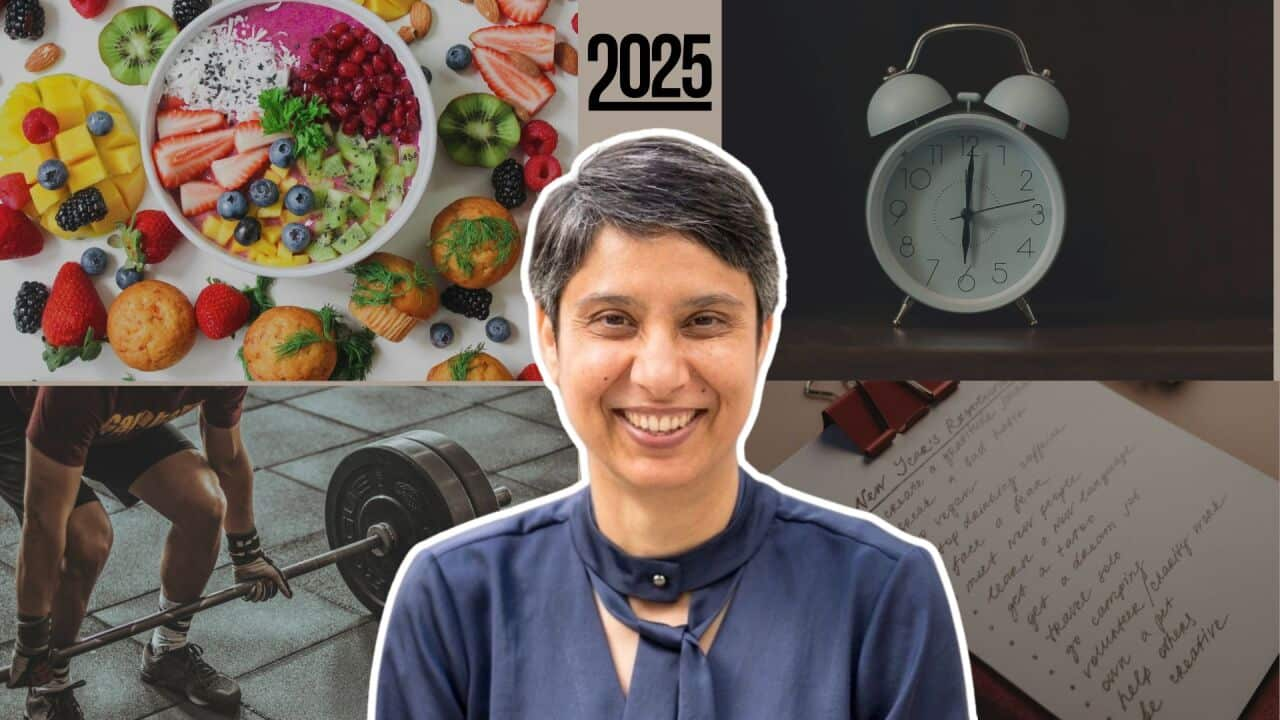Skilled migration in 2020-2021 focused on visa categories and occupations that could help Australia’s economy rebound from COVID-19, with priority given to cohorts who would drive economic growth, job creation and investment into the country.
Highlights:
- Nursing, software programming and accountancy emerged as top occupations for permanent residency grants in 2020-2021
- Migration experts claim health, finance, and IT-related sectors will continue to dominate migration outcome in 2021-2022
For the last program year, the Skill stream outcome was 79,620 places, which accounted for half of the total migration program, with the majority of visas granted to those onshore and working in critical sectors and occupations.
For international students and workers seeking to live and work in Australia permanently, here’s an analysis of the top five occupations that received permanent residencies in 2020-2021:
- Registered nurses received 3,670 places, higher than any other occupation across the Skill stream
- Software and applications programmers were a close second with 3,121 places
- Accountants received 2,065 places
- ICT business and system analysts received 1,106 permanent visas
- Civil engineer professionals got 1,106 places

Top 10 ANZSCO Occupation Groups (Skill stream - primary applicants) Source: Department of Home Affairs
Melbourne-based migration agent Ranbir Singh said it is crucial to understand the Department of Home Affairs’ rationale behind granting more permanent visas to select occupations.
“Registered nurses were given more permanent residency visas, with the highest number of places delivered in the state/territory nominated and regional categories. This trend directly responded to COVID, where more health professionals were needed to respond to the crisis. And this is here to stay,” he said. Popular visa subclasses for top occupations in Skill stream:
Popular visa subclasses for top occupations in Skill stream:

Health and IT professionals will continue to stay in demand, claim migration agents. Source: Getty Images
The highest number of places in the Skill stream was granted to applicants who applied under the Employer Sponsored category (subclass 186), which had an outcome of nearly 23,000 places.
In this category, software and applications programmers received the highest number of visas, followed by registered nurses, accountants, ICT business and systems analysts, university lecturers, and tutors.
Under the State and Territory Nominated category (subclass 190) - the second most popular visa type - nurses received the highest number of permanent visas, followed by software programmers, accountants, ICT analysts, general practitioners, and resident medical officers.
Meanwhile, the highest number of Global Talent visas were granted to applicants with experience in the future-focused fields like DigiTech (34%), followed by the health industry (23%) and energy sector (17%).  Commenting on the breakdown, Mr Singh said in addition to health and medicine, cohorts who fall under IT, engineering and managerial professions, and even hospitality sectors will continue to remain in high demand in Australia in times to come.
Commenting on the breakdown, Mr Singh said in addition to health and medicine, cohorts who fall under IT, engineering and managerial professions, and even hospitality sectors will continue to remain in high demand in Australia in times to come.

Top five ANZSCO Occupation Groups – by visa category (Skill stream – primary applicants) Source: Department of Home Affairs
“If you look at the government’s updated Priority Migration Skilled Migration List (PMSOL) for the current year, it is quite clear that chefs, civil engineers and software programmers will continue to be needed to fill skill gaps in Australia via Employer Sponsored stream,” he said.
He added that this could mean good news for applicants from the Indian subcontinent who opt for similar occupations.
However, as Australia’s international border is edging closer to reopening, Henry Sherrell, a fellow at Grattan Institute, said that when restrictions ease, the government should seek to attract younger and high-wage migrants instead of focusing on occupations that may or may not be in shortage.
“Instead of focusing exclusively on occupations that may or may not be in shortage, Australia should allow employers to sponsor workers where they have a high wage.
“Not all chefs or software programmers are the same. If a worker has an above-market wage, this reflects the value to their organisation. But if they have a below-market salary, this is cause for concern when targeting skills,” he told SBS Punjabi.
Top occupations in 2021-2022?
Melbourne-based migration agent Saurabh Smar said future-focused sectors that can potentially create opportunities for Australians by promoting innovation and creating jobs are expected to be fast-tracked in the current financial year.
“New-age occupations like ICT security specialist, developer programmer, early childhood teachers, speech pathologists, laboratory scientists, social workers, and digital games developers are some of the occupations gaining popularity in the current times.
“Many states have already taken the plunge and have started adding these jobs to their respective lists,” he said.
Commenting on the significance of 2020-2021’s outcome, Mr Smar said occupation outcome of past program years go a long way in determining the kind of skilled migrants Australia would receive in the future.
“These outcomes, in many ways, define the career choices of international students and other visa applicants looking to live and work in Australia permanently. For instance, for most applicants, it is essential to the most suitable occupation that could lead to a permanent residency pathway in Australia,” he explained.
Disclaimer: This content is for general information purposes only and should not be used as a substitute for consultation with professional advisors.
Click on the player at the top of the page to listen to the interview in Punjabi.
SBS is committed to informing Australia’s diverse communities about the latest COVID-19 developments. News and information is available in 63 languages at









